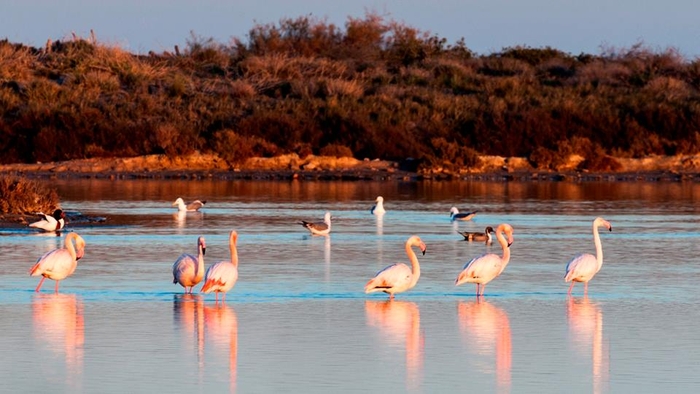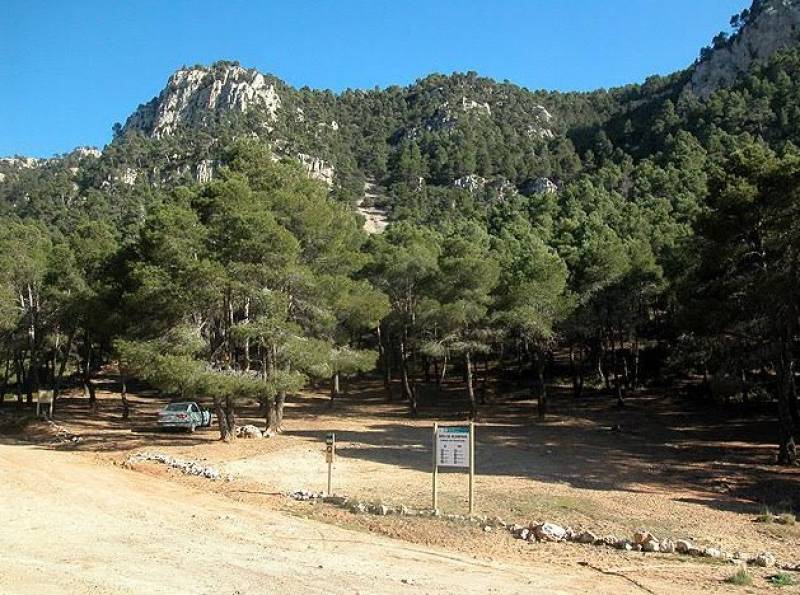- Region
- Águilas
- Alhama de Murcia
- Jumilla
- Lorca
- Los Alcázares
- Mazarrón
- San Javier
-
ALL AREAS & TOWNS
- AREAS
- SOUTH WEST
- MAR MENOR
- MURCIA CITY & CENTRAL
- NORTH & NORTH WEST
- TOWNS
- Abanilla
- Abarán
- Aguilas
- Alamillo
- Alcantarilla
- Aledo
- Alhama de Murcia
- Archena
- Balsicas
- Blanca
- Bolnuevo
- Bullas
- Cañadas del Romero
- Cabo de Palos
- Calasparra
- Camping Bolnuevo
- Campo De Ricote
- Camposol
- Canada De La Lena
- Caravaca de la Cruz
- Cartagena
- Cehegin
- Ceuti
- Cieza
- Condado de Alhama
- Corvera
- Costa Cálida
- Cuevas De Almanzora
- Cuevas de Reyllo
- El Carmoli
- El Mojon
- El Molino (Puerto Lumbreras)
- El Pareton / Cantareros
- El Raso
- El Valle Golf Resort
- Fortuna
- Fuente Alamo
- Hacienda del Alamo Golf Resort
- Hacienda Riquelme Golf Resort
- Isla Plana
- Islas Menores & Mar de Cristal
- Jumilla
- La Azohia
- La Charca
- La Manga Club
- La Manga del Mar Menor
- La Pinilla
- La Puebla
- La Torre
- La Torre Golf Resort
- La Unión
- Las Palas
- Las Ramblas
- Las Ramblas Golf
- Las Torres de Cotillas
- Leiva
- Librilla
- Lo Pagan
- Lo Santiago
- Lorca
- Lorquí
- Los Alcázares
- Los Balcones
- Los Belones
- Los Canovas
- Los Nietos
- Los Perez (Tallante)
- Los Urrutias
- Los Ventorrillos
- Mar De Cristal
- Mar Menor
- Mar Menor Golf Resort
- Mazarrón
- Mazarrón Country Club
- Molina de Segura
- Moratalla
- Mula
- Murcia City
- Murcia Property
- Pareton
- Peraleja Golf Resort
- Perin
- Pilar de la Horadada
- Pinar de Campoverde
- Pinoso
- Playa Honda
- Playa Honda / Playa Paraíso
- Pliego
- Portmán
- Pozo Estrecho
- Puerto de Mazarrón
- Puerto Lumbreras
- Puntas De Calnegre
- Region of Murcia
- Ricote
- Roda Golf Resort
- Roldan
- Roldan and Lo Ferro
- San Javier
- San Pedro del Pinatar
- Santiago de la Ribera
- Sierra Espuña
- Sucina
- Tallante
- Terrazas de la Torre Golf Resort
- Torre Pacheco
- Totana
- What's On Weekly Bulletin
- Yecla


- EDITIONS:
 Spanish News Today
Spanish News Today
 Alicante Today
Alicante Today
 Andalucia Today
Andalucia Today
The mystery of pink and grey flamingoes in San Pedro del Pinatar explained
Flamingoes become pink if they follow a healthy diet
An interesting little piece about the most emblematic visitors to the San Pedro del Pinatar Salinas Park appeared in a regional environmental journal this week explaining why some of the flamingoes which can be seen in the park are not pink.

Visitors from northern Europe are fascinated by the elegant and colourful flamingoes which migrate to San Pedro del Pinatar every year, but uninformed observers may have stopped to wonder occasionally why some of the birds are a dull grey-ish while others are a spectacular bright pink.
The answer is simply that in the world of flamingoes, you are what you eat. Flamingo chicks are born grey, and do not become pink until they reach sexual maturity at the age of five. For the first five years of their lives the pink pigmentation is gradually acquired by means of the carotenoids in their diet, which includes large quantities of brine shrimps.
The shrimps themselves do not create the pigment: this comes from the bacteria and microscopic algae which live in the saline plankton which are consumed by shrimps and flamingoes. The tiny organisms need the pigment to protect them from the high salinity, low oxygen levels and strong sunshine in the water of the salt flats.
This pigment then acts as a kind of pink paint, reaching the birds’ beaks, legs and wings, and a vibrant pink colour is not only a sign of good health in an adult flamingo but also an important element of the species’ survival as it makes the bird more attractive to flamingoes of the opposite sex.
However, the birds also apply "make-up" during mating season to enhance their colour. Scientists in the Doñana biological research station in Andalucia have discovered that as the birds approach mating season they secrete the cartenoid pigments which give them their colour and literally apply it as make-up using the uropygial glands near the tail which are habitually part of the preening process.
As the mating season approaches the birds use their long necks to rub their cheeks over these glands and then liberally spread the pigmentation over their bodies to give themselves a rosy glow and send out a strong message to potential mates that they are in prime condition and ready to mate.
Scientists have found that the birds which appear to be pinker than the others attract a mate earlier and therefore breed earlier, claiming the best nesting sites and increase their breeding success as a result.
However, the colour fades within a few days if the "make-up" process is not repeated regularly, but as this takes a considerable amount of energy to apply, the birds stop augmenting their pink pigmentation once they have successfully attracted a mate, the flamingo equivalent of stopping those three times a week visits to the gym and resuming consumption of all those treats that were sacrificed in order to attract a partner, "letting yourself go" and settling down comfortably with a new partner.
However, there's no let-up as flamingos change their mates every year, so each spring they must put on new make-up to attract a new partner for the mating season. It has also been found that female birds tend to put on more make-up than their male counterparts!
Researchers have also found that flamingos have a range of 136 different "moves" that they can use in their mating rituals as they undertake a series of dances as part of the courtship foreplay: the birds with the most "moves" in their repertoire also achieved greater breeding success.
Flamingos tend to live for between 20 and 35 years in the wild, or can survive for up to 50 years in a protected, or zoo environment, and it was also discovered that the complexity of the male dance peaks at around 20 years of age, after which it goes downhill as the bird becomes less sexually active and its chances of attracting a mate diminish.
Flamingoes can be seen in the waters of the Salinas park, although their numbers do vary according to the time of year and during the run-up to the mating season can be seen engaging in their ritual dance, twining necks with their mate.
The statue at the entrance to the regional Salinas Park is dedicated to this theme. Visitors can obtain full information about visiting the park at the Salinas Visitor Centre which provides maps showing the walking and cycling alternatives in the park as well as supply basic information about the flora and fauna to be found within it. Click for Visitor Centre information.
Click for more information: Salinas Park San Pedro del Pinatar


































